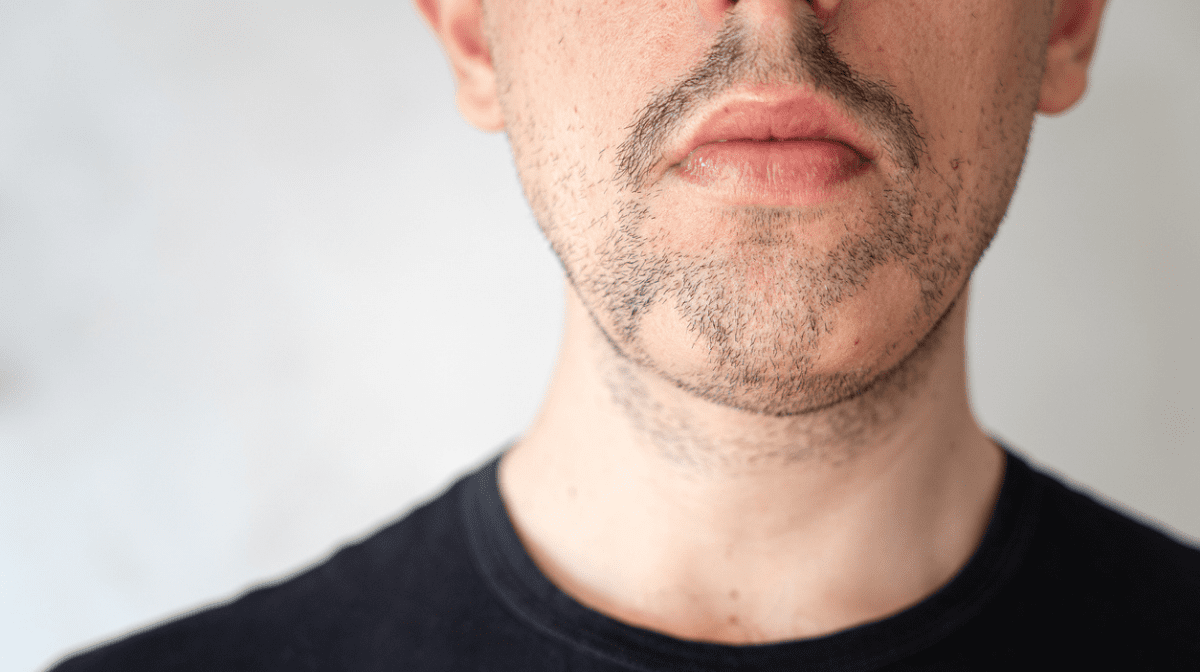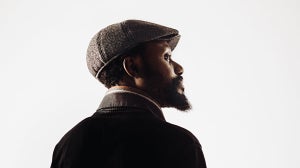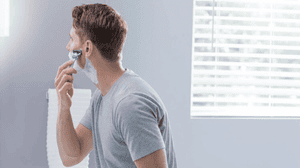
Some of you may have heard of alopecia and recognise it as a condition characterised by the loss of hair. But did you know that there are various types of alopecia that affect different parts of the body?
When people think of alopecia, they usually imagine total hair loss. That only happens if you suffer from alopecia universalis, which is the complete loss of hair from scalp, face and body. But there are other types of alopecia, like alopecia totalis, which results in hair loss on your scalp only and alopecia areata which causes patchy hair loss either on your scalp, face or across the body.
Alopecia barbae is a specific form of alopecia areata beard that only affects facial hair. This form of beard alopecia causes round, oval or patchy bald spots across your beard.
If you think you have alopecia barbae or any other form of alopecia and wish to treat it, it is always best to consult a doctor or medical specialist first. In this article we will explain what alopecia beard is and give an overview of the most popular treatments available that you can discuss with your doctor.
What is Alopecia Barbae
Alopecia barbae is a specific form of alopecia areata that targets facial hair. Alopecia is a condition caused by the autoimmune system. For reasons still unknown to scientists today, in some people their autoimmune system mistakenly attacks the hair follicles causing damage over time that results in hair loss. Autoimmune disorders are caused when the body’s immune system, which usually fights off harmful pathogens in a process called inflammation, ends up attacking the body itself.
Studies have shown that having a family history of autoimmune disease can put you at a higher risk of developing alopecia barbae. Hair loss caused by alopecia can occur for a variety of reasons, including genetics, hormones, diet or stress, although no concrete consensus has yet been reached amongst the scientific community.
Alopecia Beard Symptoms
Alopecia barbae can appear gradually in some individuals or quite suddenly in others. One of the first symptoms are small bald circular patches in your beard that gradually get larger in size. Hair around the edges of the patch may also appear lighter or even white.
The skin around these bald patches may also start to feel itchy or painful before you start losing your hair and some people can experience skin irritation, inflammation and redness in the patchy bald areas.
Alopecia Barbae Diagnosis
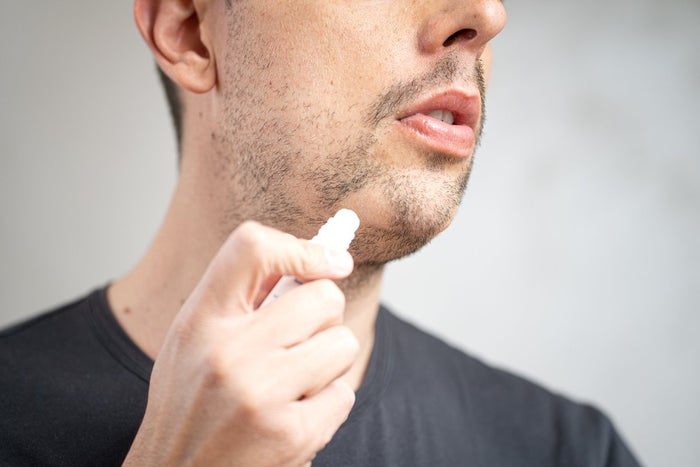
A doctor or skin specialist will be able to diagnose alopecia barbae and suggest the best treatments for your skin condition. During the diagnosis, your doctor may take a sample of your facial hair for examination. That is to exclude any other conditions that might cause hair loss like thyroid disorders or fungal infections.
As of now, no cure for alopecia barbae has been discovered. Your doctor can only prescribe treatments to treat and manage your current inflammation or irritation. It is also worth mentioning that with some treatments, you might see alopecia barbae regrowth. Whilst in some cases the hairs grow back and remain, in other cases the hair falls out again. Your beard may also grow back thinner, or a different colour and results may vary depending on the individual.
Alopecia Beard Treatment
One of the most popular treatments for alopecia barbae that doctors recommend is a corticosteroid treatment. These anti-inflammatory drugs suppress the immune system and are usually administrated topically or via injection.
Minoxidil is another topical treatment used to treat and manage beard alopecia and usually comes in a liquid or foam format and applied directly on the affected area.
Your doctor may also prescribe a treatment with diphencyprone. This medication causes an allergic reaction that is thought to trick the immune system into reducing the inflammation and keep the hair follicles active.
Alopecia Beard Cosmetic Treatment
Not all treatments for alopecia barbae involve prescription medication. There are cosmetic ways you can improve the appearance of your patchy beard too, but we still recommend you discuss cosmetic treatments with your doctor or skin specialist.
Cosmetic tattooing also known as micropigmentation can help camouflage patchy or thinning areas in your beard.
You could also opt for a facial hair transplant. Beard hair transplants can offer long-term solutions to hair loss and are less invasive than hair transplants are as they require fewer grafts to fill the patchy areas.
Living with Alopecia Beard
Living with any form of alopecia can affect your confidence and well-being so we recommend you discuss treatment options with your doctor. Whilst there are medical and cosmetic treatments to help alleviate the symptoms and improve the appearance of beard patchiness, there is still no cure for this condition.
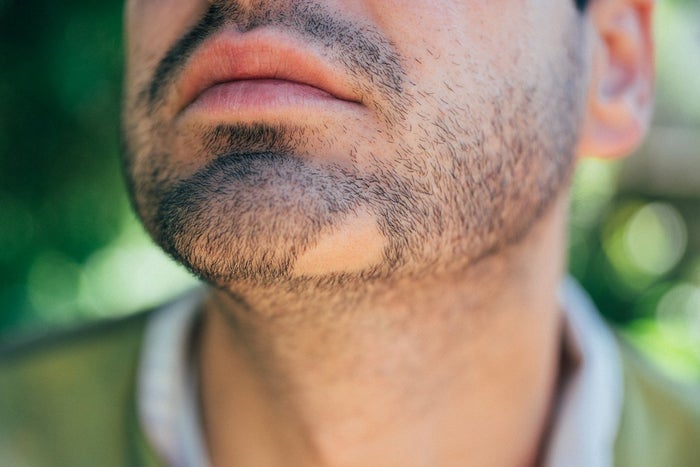
FAQs
Is it safe to take corticosteroids for alopecia?
Your doctor may prescribe a course of corticosteroid treatments for alopecia. When taking this medication always follow the directions on the packet and never exceed the stated dose. Long-term steroid use including corticosteroid use can cause serious side effects.
What does a beard transplant involve?
During a beard transplant operation hair from other body areas are transplanted into your face to cover patchy or bald spots. Beard transplants use an average of 4,000-7,000 hair follicle grafts in the procedure. This operation can take several hours to complete.
Is it possible to regrow hair after alopecia barbae?
No form of alopecia can be cured completely but your doctor can prescribe you medications that can help manage the symptoms. Some medications promote beard growth so it is possible to regrow hair after alopecia, but it is worth noting that in some cases the hairs fall back out again.

